The Competition Commission could force Somerfield to sell the two Safeway stores that best fit its customer base as they give the retailer a dominant market share, according to exclusive research for The Grocer.
The watchdog is probing 23 of the 114 Safeway stores Somerfield bought from Morrisons last October. But a study by CACI shows the stores Somerfield is most likely to be barred from keeping would be among its biggest winners.
The stores at Loftus in Cleveland and Carluke in South Lanarkshire sit in catchment areas with an 80%+ fit to a typical Somerfield customer.
The stores are also among eight that CACI identifies as giving Somerfield a high local market share. “Loftus should be examined carefully. There is a
lack of competitors in the store’s catchment and so, naturally, this store will be able to take higher grocery revenues from the local market,” said Carl Bradbrook, senior consultant at CACI. Of the seven stores that best fit Somerfield’s customer profile, four give the retailer a high local market share and two a medium one. Conversely, three of the six catchments in which it has a
low market share have a poor fit to its customer profile: London Balham, London Camberwell and Leeds Chapel Allerton.
Bradbrook said the commission was also likely to examine Pocklington in more detail as the acquisition makes Somerfield the dominant player.
As a result of its Safeway deal, it now has two stores in the East Yorkshire town and residents have risen up in revolt. More than 50 have already submitted personal evidence to the Competition Commission.
Town clerk Richard Wood said the council had made representations to the commission. “It is ironic that the decision to make Morrisons sell to avoid a cartel has had the opposite effect in Pocklington. Prices have increased and there is a noticeable lack of choice.”
A spokesman for Somerfield said prices had gone down in its Pocklington stores with 5,000 prices cut in both shops two weeks after conversion.
The Competition Commission will report by September 6.
>>p19 Store Analysis
Rachel Barnes & Siân Harrington
Two markets?
Campaigners have welcomed a Competition Commission probe into whether it is still appropriate to apply the ‘two market’ rule in grocery retailing when assessing takeovers, ordered after Somerfield’s acquisition of 114 Safeways from Morrisons. It said it needed to assess “whether it is appropriate to distinguish between one-stop shops, mid-range stores and c-stores” in assessing an acquisition’s effect.
The watchdog is probing 23 of the 114 Safeway stores Somerfield bought from Morrisons last October. But a study by CACI shows the stores Somerfield is most likely to be barred from keeping would be among its biggest winners.
The stores at Loftus in Cleveland and Carluke in South Lanarkshire sit in catchment areas with an 80%+ fit to a typical Somerfield customer.
The stores are also among eight that CACI identifies as giving Somerfield a high local market share. “Loftus should be examined carefully. There is a
lack of competitors in the store’s catchment and so, naturally, this store will be able to take higher grocery revenues from the local market,” said Carl Bradbrook, senior consultant at CACI. Of the seven stores that best fit Somerfield’s customer profile, four give the retailer a high local market share and two a medium one. Conversely, three of the six catchments in which it has a
low market share have a poor fit to its customer profile: London Balham, London Camberwell and Leeds Chapel Allerton.
Bradbrook said the commission was also likely to examine Pocklington in more detail as the acquisition makes Somerfield the dominant player.
As a result of its Safeway deal, it now has two stores in the East Yorkshire town and residents have risen up in revolt. More than 50 have already submitted personal evidence to the Competition Commission.
Town clerk Richard Wood said the council had made representations to the commission. “It is ironic that the decision to make Morrisons sell to avoid a cartel has had the opposite effect in Pocklington. Prices have increased and there is a noticeable lack of choice.”
A spokesman for Somerfield said prices had gone down in its Pocklington stores with 5,000 prices cut in both shops two weeks after conversion.
The Competition Commission will report by September 6.
>>p19 Store Analysis
Rachel Barnes & Siân Harrington
Two markets?







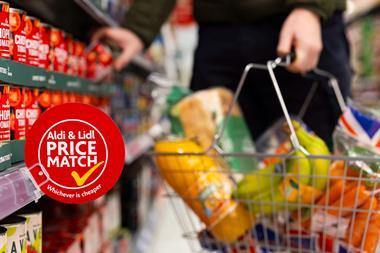
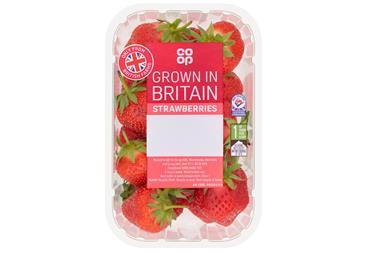
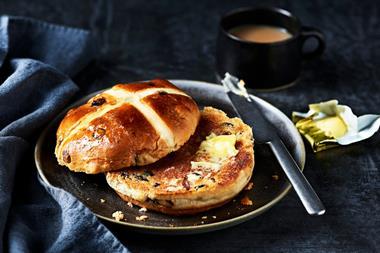
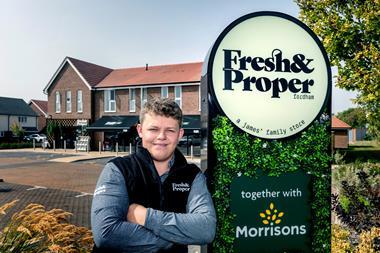
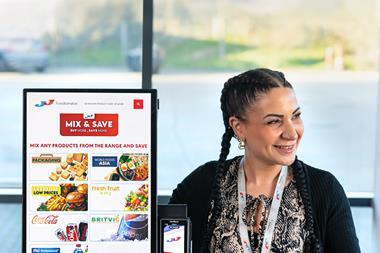





No comments yet